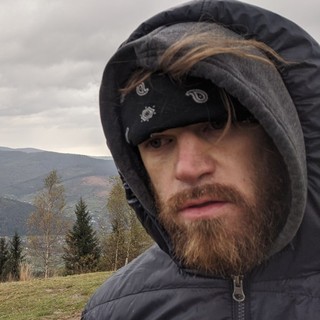Liberals don’t bandy about many governmental terms more frequently, with as much wild-eyed enthusiasm, as their constant references to something called the “LGBTQ community,” sometimes iterated as the “LGBT community” (or some variation thereof, as new alleged identities are constantly manufactured and added to the list) or the “trans community.” Even RINOs dutifully parrot the phrase.
I wish the other GOP candidates would focus their attacks on war criminals like Vladimir Putin, not my friends in the LGBTQ community. It’s 2023 — we should be talking about how do we embrace our differences. pic.twitter.com/lsNOaTd6A9
— Will Hurd (@WillHurd) July 2, 2023
Rarely is the question asked (and never in corporate state media): Who makes up the “LGBTQ community” and what holds them together?
“Community,” as defined by Cambridge Dictionary, refers to “the people living in one particular area or people who are considered as a unit because of their common interests, social group, or nationality” (emphasis added).
In turn, here’s how Britannica defines the “LGBTQ community”:
The term LGBTQ community is also commonly used to refer to groups of LGBTQ persons who support or participate in LGBTQ activism or (in its most general sense) to all LGBTQ persons, no matter their particular gender identity, culture, or geographic location. Since the early 21st century, LGBTQ communities have been understood to encompass a variety of sexual orientations and identities beyond those directly referred to in the acronym LGBTQ—among them, for example, “questioning,” “intersex,” and “agender”—and for that reason the acronym is often expanded in corresponding ways, as in LGBTQIA, or is rendered more simply as LGBTQ+.
What is the common interest at play in the “LGBTQ community,” if a common interest — per the above Cambridge definition of “community” — is what makes it a “community”? What’s the social group here, if there is one, and what binds it together?
Does a group of sodomy enthusiasts qualify as a “community”? Is that enough of a hobby or a lifestyle (call it what you will) to form lasting social ties?
Furthermore, even if it were granted that gays, for instance –- in other words, homosexual men — could constitute a “community,” it doesn’t follow why the respective groups represented by each of the letters in the LGBTQ+++™ rainbow alphabet community – lesbians, gays, bisexuals, transgenders, and gender-queers, not to mention “two-spirit” “indiqueers in Canada and all of the other nonsense self-identities constantly piled on top – could come together to form a cohesive super-“community.”
What does a transgender with blue hair in Brooklyn have to do in particular with a gay old Montana cowboy or whatever? And what does either have to do with a butch Florida lesbian? And what do any of them have in common, beyond a shared humanity, with “indigiqueers” in British Columbia?
Are all of these people’s “lived experiences” (to invoke a cringe Social Justice™ phrase) really interchangeable, or even comparable, so as to justify grouping them together in the same “community”?
What is the point of all of this branding? Establishing the façade of an “LGBTQ community” confers many social engineering benefits, of course, but one of the biggest is, in my view, this: Social engineers always rather treat individuals as interchangeable parts of a greater identity because it opens up avenues of social control and social engineering that would be otherwise unavailable if everyone was simply taken on an individual basis and judged according to his or her (or zhe’s or whatever) own merits.
…You know, like that famous MLK Jr. ethos that was taken as gospel by the left up until a few years ago once the diversity training race grifters really got their grifts off the ground.
For their part, sane gays and lesbians unafflicted by the broader “LGBTQ community’s” weird social engineering goals, pedophilic predilections, etc. (“minor-attracted persons,” or “MAPs,” having recently gained recognition and “acceptance” under the Pride umbrella) increasingly seem to wish to disentangle themselves from the movement.
🏳️⚧️TQ+: “NO LGB without the T! You can’t leave!” #LGB✂️🏳️⚧️: “So it’s a cult.”
🏳️⚧️TQ+: “BIGOT!!!!!! Jdnsjsisjshsidknasj” pic.twitter.com/SB1DEEue4d
— L G B (@L__G__B) June 26, 2023










